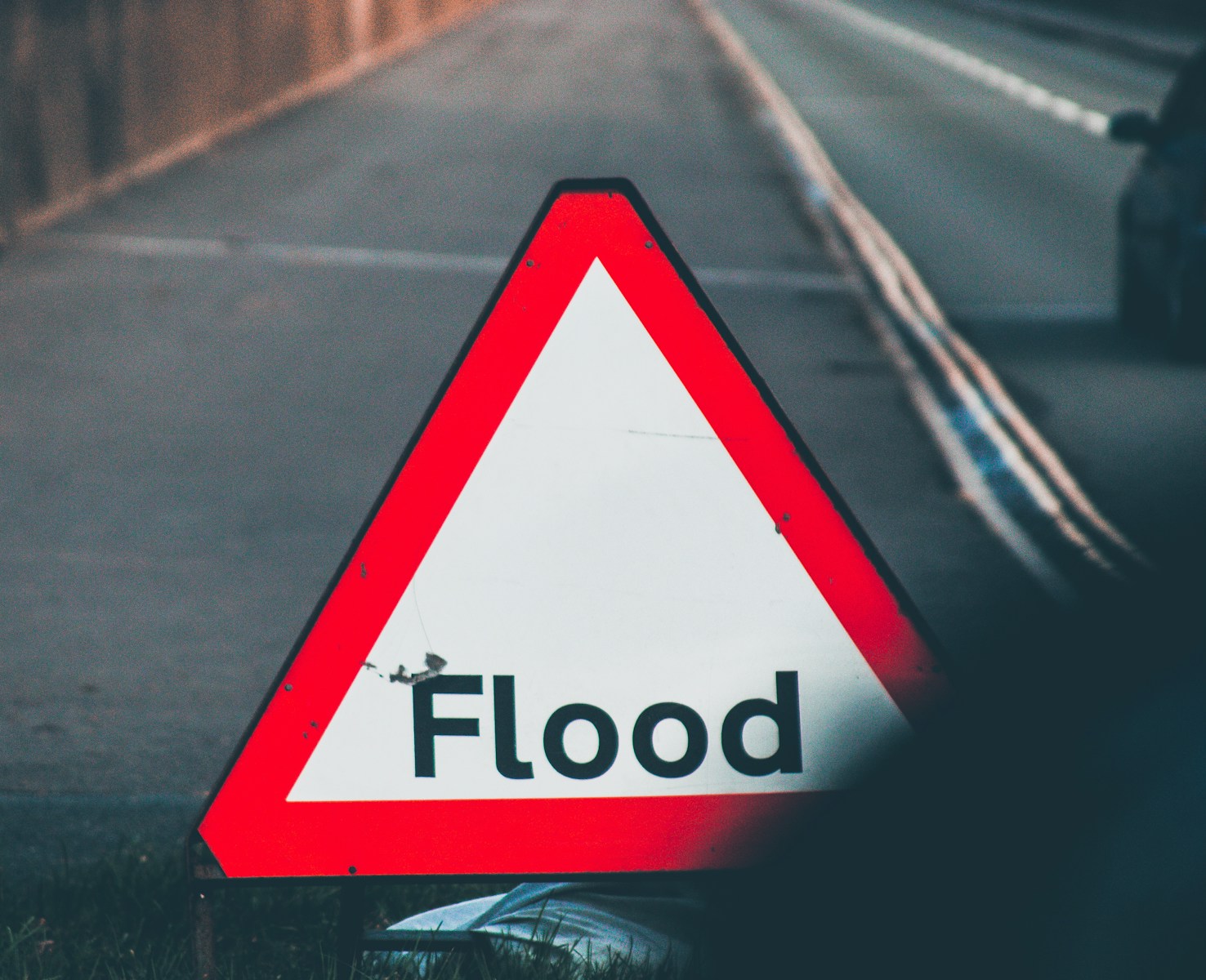New research shows some historic sites in the UK could be vulnerable to flooding, subsidence and extreme heat unless action is taken to address the climate crisis.
In its third Building Future Communities report, Aviva – a leading insurance company – outlined that homes and heritage sites across the UK could face increasing climate threats by 2050.
The research highlights Cardiff Bay, York city centre and Liverpool’s waterfront as particularly vulnerable to flooding. As such, Edinburgh Castle could face surface water flooding as drainage come under pressure from heavier rainfall and in Northern Ireland, the Giant’s Causeway may become increasingly unstable due to coastal erosion.
Alongside flooding, the report points to the growing impact of rising temperatures. South London’s Red House, an Arts and Crafts-era building, is already showing signs of subsidence linked to expanding and contracting clay soils.
Jason Storah, CEO of Aviva UK & Ireland General Insurance, said: ‘Our report lays bare the risks that homes and businesses could experience by 2050. Millions more properties could be at risk from flooding, with rising temperatures, increased urbanisation and inadequate drainage exacerbating the risks.’
Across England, the number of homes at risk of flooding is expected to rise by 27% to eight million, with surface water flooding a particular concern in cities like London and Manchester.
In Scotland, the number of properties at risk of surface water flooding could more than double by 2080, while Wales may see an 88% increase in river and coastal flooding by 2120.
Against this backdrop, Aviva is calling for action to adapt infrastructure and reduce vulnerability to climate-related threats. The insurer has pledged more than £80m towards nature-based resilience projects and has supported over 400 households through the Flood Re Build Back Better scheme.
‘Despite the findings in our report, it is not too late to act. There is excellent work already underway across the UK, with owners, guardians, communities and councils working together to protect some of our most iconic places,’ Storah continued. ‘There are solutions – big and small – which could help to improve the UK’s climate-readiness if we take collaborative and urgent action.
‘Continued investment in flood defences, preventing unprotected new homes in flood zones, encouraging low-cost property resilience measures, and attracting more investment in nature-based solutions will help to mitigate the damage inflicted by a changing climate in future.
‘By taking vital steps now, we can help safeguard millions of properties and protect important landmarks from climate impacts in the decades to come.’
Photo by Simon Cheung via UnSplash
In related news:
Beyond headlines: why the leasehold debate needs balance, not bias
Electric heaters could quadruple winter heating costs, Utilita finds

















Leave a Reply